Using trap crops in the garden is a great, natural way to reduce pest. Learn how to use trap crops as part of your companion planting plan in your garden this year.
We all know about the common garden pests right? The squash bugs, cabbage moths, hornworms, aphids, flea beetles, potato beetles and more that can wreak havoc on our vegetable gardens.
This site contains affiliate links. If you make a purchase using one of these links, I may earn a commission. Please see my disclosure page for more information about cookies collected and our privacy policy.
I love using companion planting in my garden to help battle these pests.
Companion planting is more than repelling pests with certain crops. It’s also all about drawing in pollinators, beneficial insects, and predatory insects.
And the final part of companion planting is trap cropping.
What Is Trap Cropping?
Trap cropping works by planting plants that are more favored by common garden pests.
These ‘trap crops’ draw the pests to them instead of your cash crop. These sacrificial crops can be inter-planted throughout your garden or planted around the perimeter of your beds.
Think of them as pawns or soldiers. They are on the front line and ready to give their lives for the greater good of the garden.
These crops are regularly checked and the pests dealt with.
There are 2 ways of trap cropping in your garden. You can either use an unrelated plant or use a more favorable crop variety in the same family.
Below I’ll list some of the common trap crops, plus answer some commonly asked questions when it comes to trap crops.
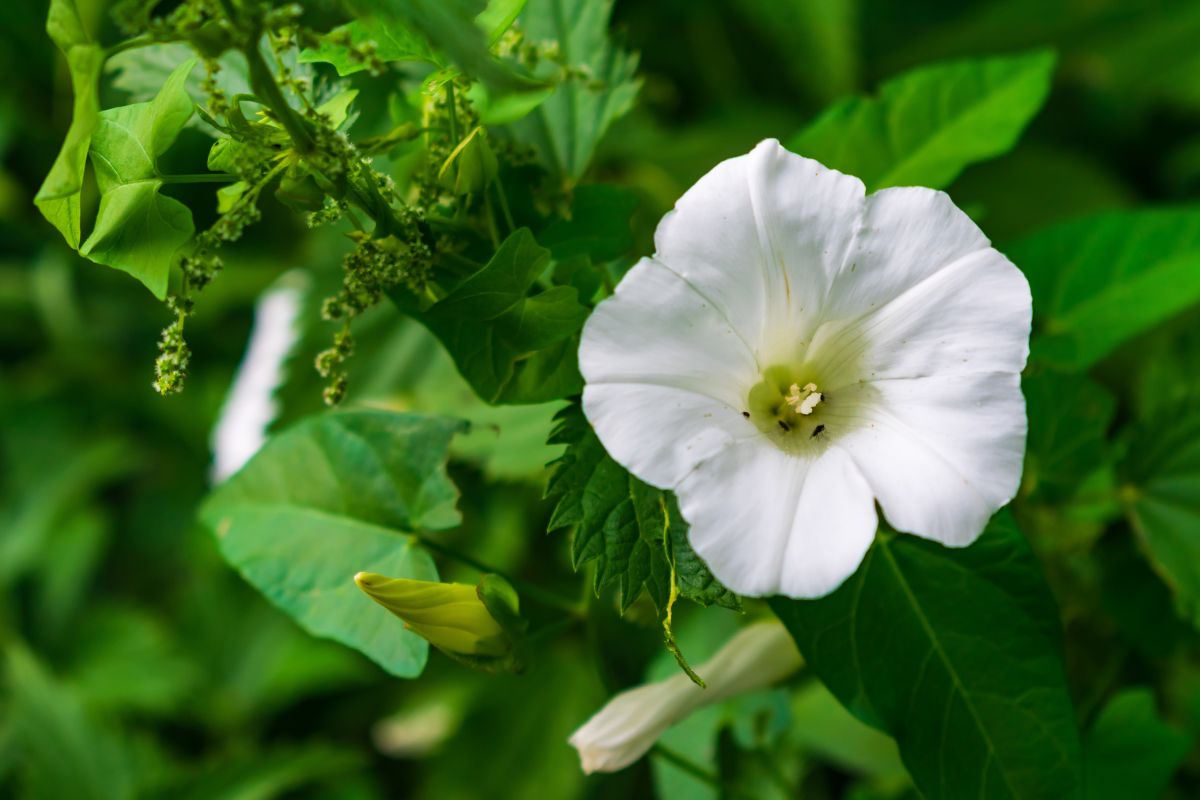
Moonflowers can trap hornworms and keep them from your tomatoes.
List of Common Unrelated Trap Crops
These are crops that are in a different family than the crop you’re planting them next to.
Nasturtium- Nasturtium makes a great trap crop for aphids. You can plant it near almost any plant that tends to get overrun by aphids and the aphids will come to the nasturtium instead of your cash crop.
Moonflower- Moonflowers can be a trap crop for hornworms. Planting a few sacrificial plants around your tomato beds can help draw hornworms away from the prized tomatoes.
Radish- Radishes are a trap crop that draws in flea beetles and cabbage moths. Plant a few around your brassicas or eggplant to help control these pests.
Sunflowers- Sunflowers can attract stinkbugs. Plant them throughout your garden, especially near tomatoes and peppers. Since they are tall, be sure they won’t shade your other crops.
Zinnias- Zinnias are a favorite for Japanese beetles. Plant some in your garden to keep these pesky beetles away from crops that are at risk of a beetle attack.
Okra- Okra is a favorite of tomato aphids, stink bugs, and leaf-footed bugs. Planting close to tomatoes can be helpful. Learn more about the best companion for okra.
Tansy- Tansy is a trap crop for the Colorado potato beetle. Plant it with potatoes to draw them away from this calorie crop.
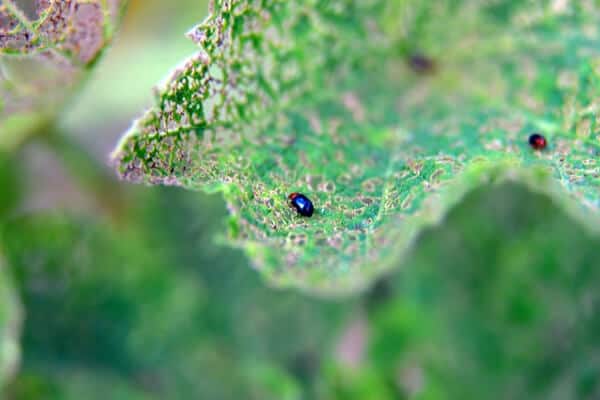
Turnips can be sacrificed to flea beetled to save your broccoli and cabbages
List of Common Related Trap Crops
Related trap crops are those that belong to the same family as the cash crop. It is simply a more desirable variety.
Blue Hubbard- Blue hubbards are a great trap crop for many squash pests such as the squash borer, cucumber beetle, and squash bug. Plant this crop around the perimeter of your squash or cucurbit beds to protect the inner plants.
Hot Cherry Peppers- This is a great trap crop for pepper maggots. Plant it close to your sweet pepper plants for protection.
Cherry Tomatoes- Cherry tomatoes are more favored by leaf footed bugs and stink bugs, plant them near your other tomatoes for protection.
Turnips- Turnips attract leaf or flea beetles, plant them near your cabbage or other brassicas.
Keeping Track of Your Own Trap Crops
These are not the only trap crops, and you may find that as you plant your garden from year to year that you stumble upon your own trap crops.
Personally, one year I planted a lot of patty pan squash along with my long, green zucchini. That year my zucchini lasted longer than ever before because the squash bugs were busy eating the patty pan first.
The best way to keep track of these discoveries it to keep good records.
My Companion Planting Binder (+ Yearly Garden Planner) gives you just the place to write down everything year to year as you learn which pairings work in your particular garden.
Common Trap Crop Questions
My trap crop is full of bugs, now what do I do?
You should check your trap crops regularly for pests and the pests disposed of in some way- either by organic sprays, plant removal, or by manual removal of pests.
Won’t planting trap crops draw MORE pests to my garden?
No, not at all. Likely the pests will come anyway. But instead of eating the trap crop they will be eating your cash crop. The trap crop just gives them a place to congregate- that you are okay with sacrificing- and then you can remove them from there.
Trap cropping is just one part of a much bigger picture in the garden. It shouldn’t be use on its own, but as part of a larger plant.
You should companion plant with crops that repel pests and trap crops to keep the pests that do stay away from your crops.
You also need plants- such as herbs and flowers– to help attract beneficial and predatory insects such as ladybugs, lacewings, braconid wasps, and tachinid flies.
All together this can lead to an effective way to fight pests in the organic vegetable garden.

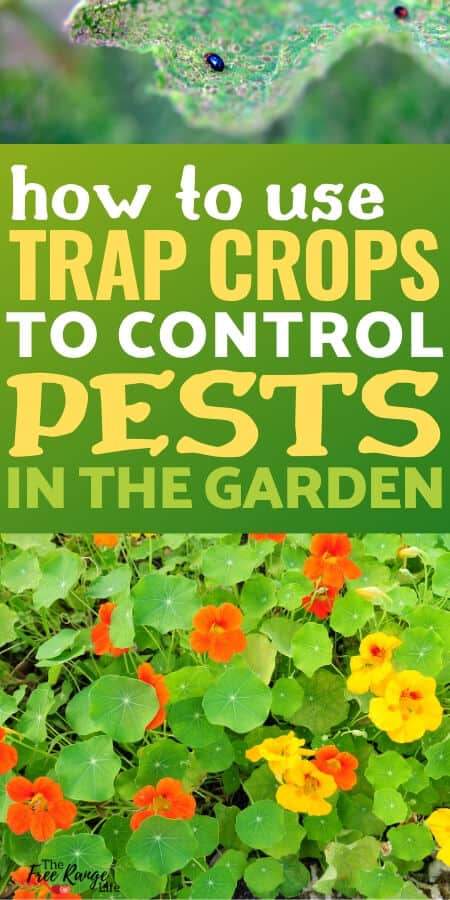
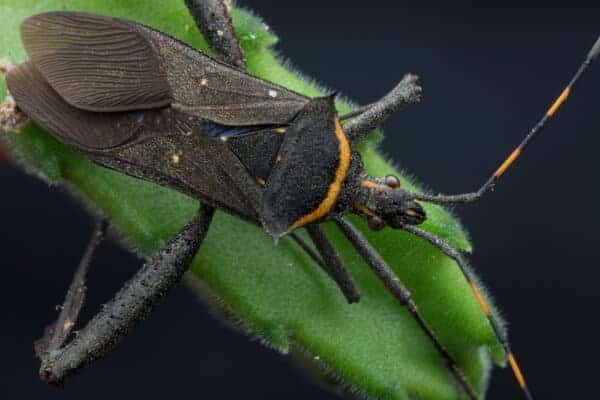
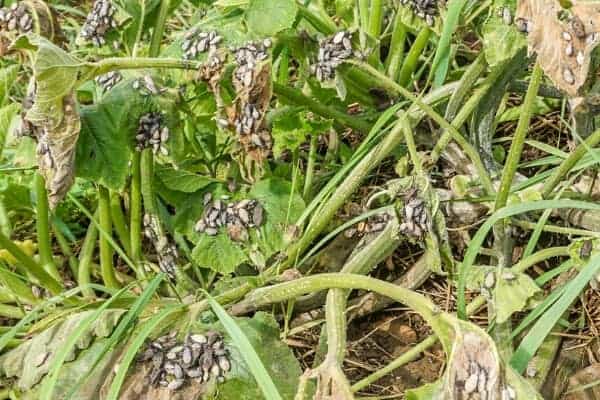

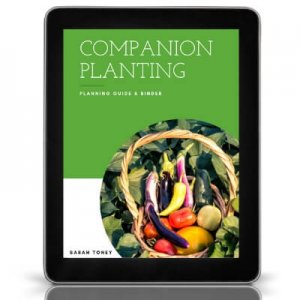
My brother actually mentioned companion planting and gave me a few different kinds I just now realized what he had done.
Hi. I really enjoy your news letters. I’m an organic home gardener in Australia and follow a lot of the same practices but I’ve not tried trap crops before. Will now. Also I companion plant strawberries with my asparagus it works a treat.
Hi, Thank you for your article. A couple of years ago, I may have unknowingly planted a trap crop, Hubbard squash. These squash did so nicely. I did have many interplanted with corn and beans and I didn’t see any problems. The following year I planted many varieties of pumpkins and that year was the first year we had the dreaded Squash Bugs and Cucumber Squash Beetles(that I knew about). I’m curious if I drew them in from the Hubbard squash the year before. Who knows???? So that year we got ducklings and they did a very nice job eating many of the beetles and Squash Bugs. The chickens weren’t as interested. We would knock the Squash Bugs into jars of plain water (not soapy) and then offer the jar of bug water to the ducks and they would gobble them up. That was to help the ducks develop and appetite for them. It worked. But eventually the Squash Bugs won and killed over 100 squash plants. I would like to try the trap crop intentionally this year. Out of curiosity, what type of bug is pictured in the photo below the part about turnips?
i love using herbs to protect my vegetables and my home from pesky bugs.
I always plant a Lemon Grass plant right by every door into my house and I never have problems with mosquitos or flies inside the house. and the dogs like to grab a blade of the grass when they run by so they have nice smelling breath.
And I hang mint in pots all around my dog pen to keep the fleas away. Works wonderfully.
And of course, Marigold is mixed all throughout my vegetable garden.